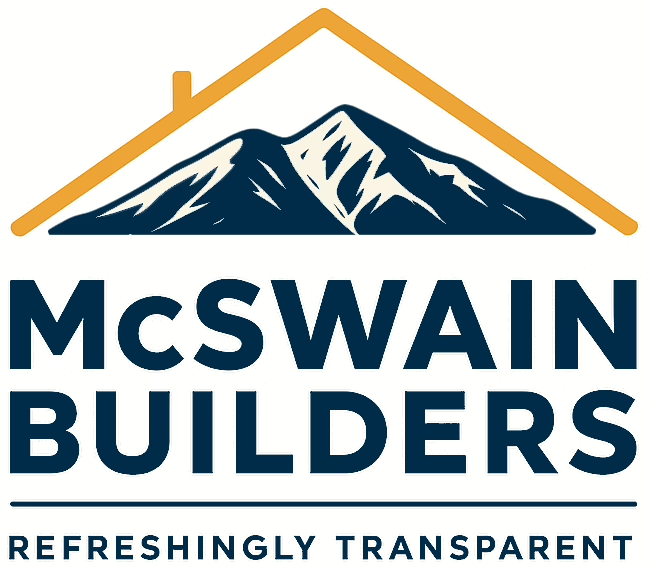Embarking on a journey to build or remodel a home is an exciting endeavor, but it requires meticulous planning and execution. The preconstruction phase lays the foundation for a successful project, whether you’re constructing a new home from scratch or transforming an existing space into your dream abode.
This article delves into the crucial steps within the preconstruction phase of home building and remodeling, outlining the tasks that set the stage for a seamless construction process.
Project Definition and Goal Setting
The first step in the preconstruction phase involves clearly defining the project’s scope, objectives, and goals. Whether you’re building a new home or remodeling an existing one, you need to establish a comprehensive understanding of what you aim to achieve. Identify the specific needs, preferences, and requirements of the occupants. This stage involves brainstorming, sketching rough concepts, and discussing design ideas to align with your vision.
Site Analysis and Selection
For new home construction, selecting the right site is paramount. Factors such as location, accessibility, topography, soil conditions, and potential environmental constraints must be evaluated. Similarly, for remodeling projects, a thorough analysis of the existing structure is crucial to understand its limitations and possibilities. Site analysis influences the design, budget, and construction timeline, ensuring that the project aligns with the practical aspects of the chosen location.
Feasibility Study and Budgeting
Before proceeding further, a feasibility study assesses the viability of the project. This study involves evaluating design concepts, technical requirements, zoning regulations, and potential challenges. Budgeting is a critical component at this stage, encompassing estimates for materials, labor, permits, and any unforeseen costs. Establishing a realistic budget is essential to prevent financial surprises later in the project.
Design and Concept Development
This step is where ideas take shape. Architects, designers, or homeowners collaborate to create detailed blueprints, plans, and layouts that translate the vision into a tangible design. Design development involves refining floor plans, selecting materials, and incorporating aesthetic and functional elements. For remodeling projects, this stage includes addressing structural modifications and space utilization to align with the new design.
Permits and Approvals
The intricate web of building codes and regulations requires careful navigation. Obtaining the necessary permits from local authorities is a vital step in the preconstruction phase. These permits ensure that the project complies with safety, environmental, and zoning standards. This stage demands meticulous attention to detail to avoid delays or setbacks during construction.
Contractor Selection and Bidding
Selecting the right contractor or construction team is pivotal to the project’s success. Soliciting bids from qualified contractors allows you to compare pricing, expertise, and proposed timelines. Thoroughly vetting potential contractors through references and past project evaluations is crucial. A well-chosen contractor becomes a partner in turning the envisioned design into a reality.
Contract Negotiation and Agreements
Once a contractor is chosen, contract negotiation takes place. The contract outlines the terms, conditions, and expectations for the project. This legally binding document covers project scope, cost, timeline, payment structure, and any contingencies. Clear communication and mutual understanding between all parties are vital to prevent disputes down the line.
Value Engineering
In this step, the project team analyzes the design, materials, and construction methods to identify opportunities for cost savings without compromising quality. Value engineering aims to optimize the project’s budget while maintaining the integrity of the design. It involves exploring alternative materials, construction techniques, and layout adjustments that align with the project’s goals.
Detailed Scheduling
Creating a comprehensive construction schedule is essential for effective project management. The timeline outlines the sequence of tasks, sets milestones, and allocates time for each phase of the project. A well-structured schedule minimizes delays, enhances resource allocation, and facilitates timely completion.
Risk Management and Contingency Planning
Anticipating and addressing potential risks is crucial for a smooth construction process. From weather-related delays to unforeseen structural challenges, risks can disrupt the project’s timeline and budget. Developing a contingency plan to address these risks minimizes their impact and ensures that the project stays on track.
The preconstruction phase of home building and remodeling is a multi-faceted process that lays the groundwork for the entire project. Each step, from defining the project’s goals to developing detailed plans and obtaining necessary permits, is integral to a successful construction journey. By investing time and effort in the preconstruction phase, homeowners and construction professionals can set the stage for a well-executed, on-time, and within-budget project that turns dreams into reality. Through meticulous planning, thoughtful collaboration, and careful consideration of all aspects, the preconstruction phase paves the way for a beautiful and functional living space that meets the needs and aspirations of its owners.


Recent Comments